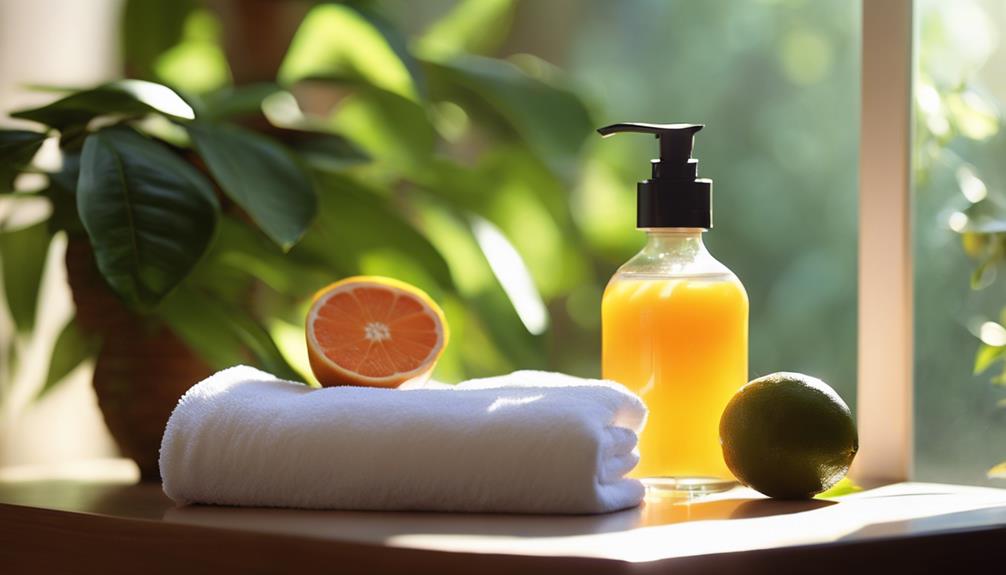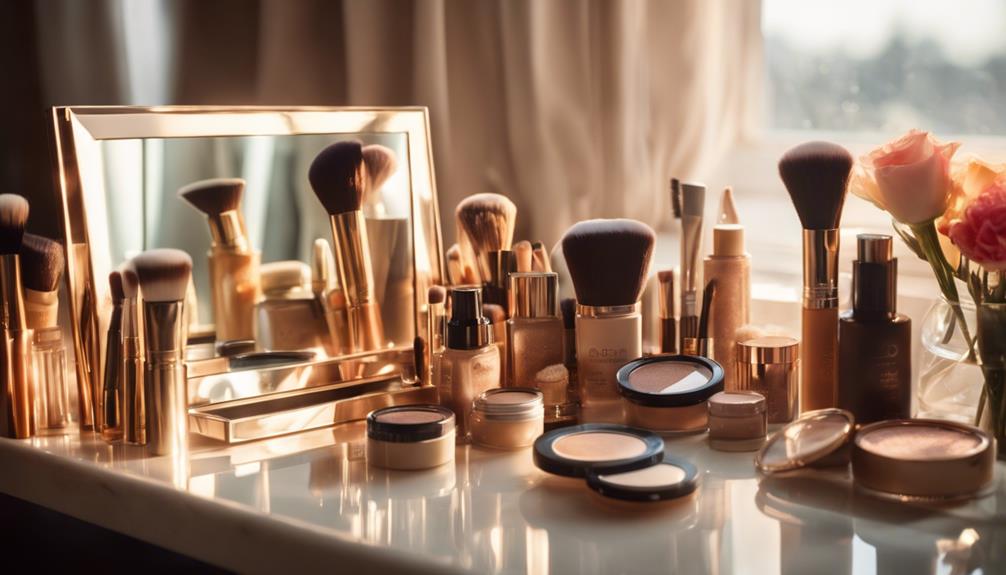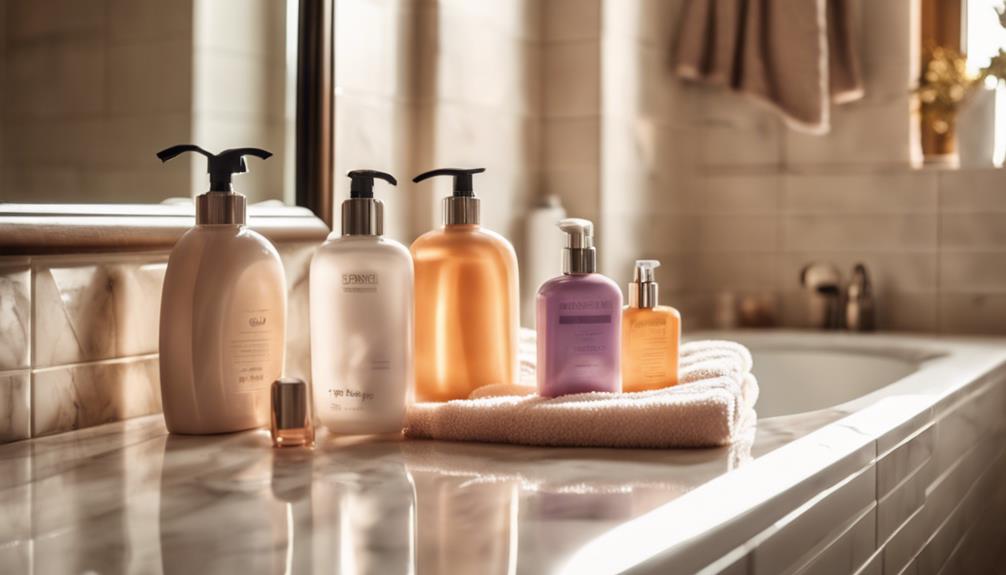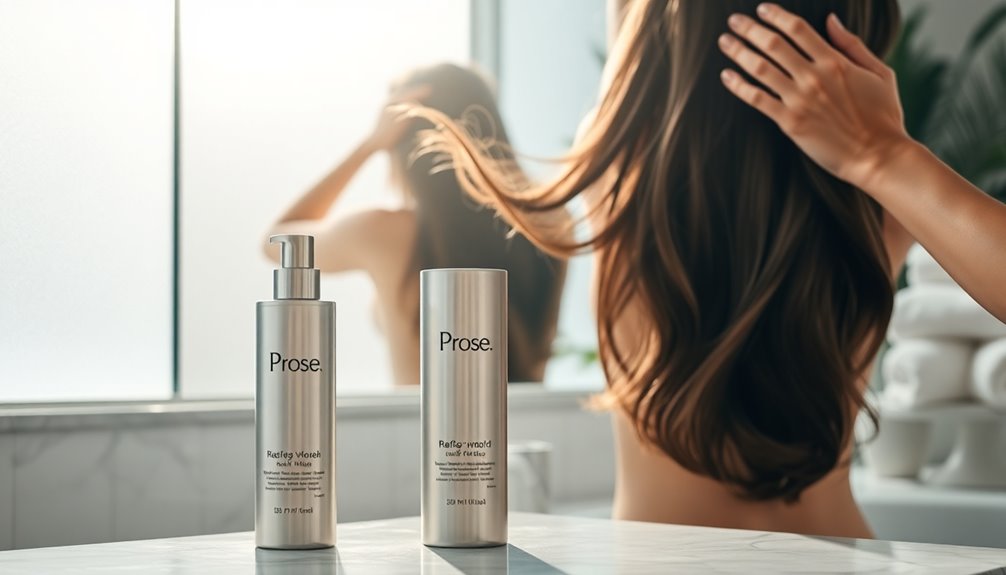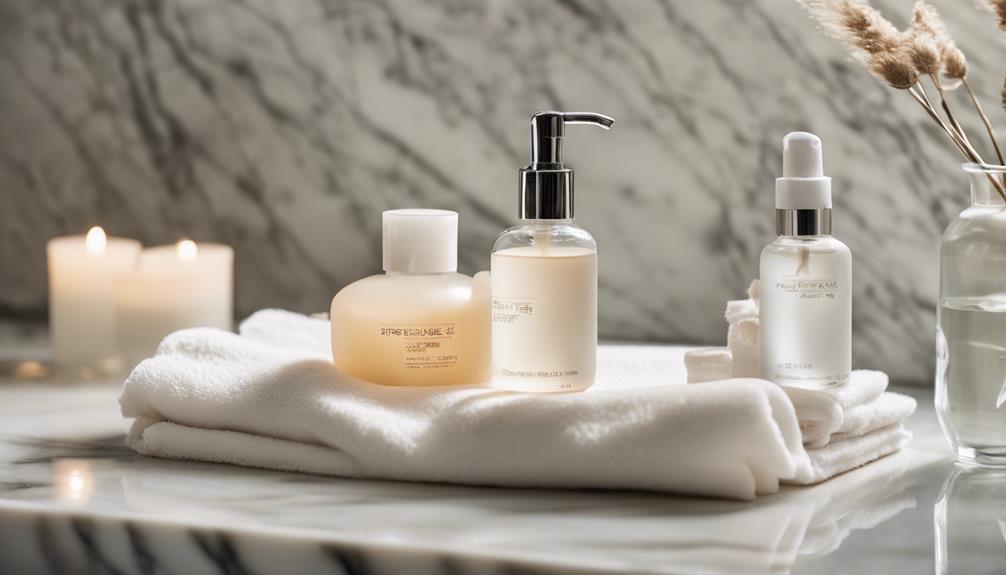If you are seeking to rejuvenate your skin, anti-aging tanning lotions can work wonders! These magical potions not only impart a beautiful, sun-kissed glow but also assist in reducing fine lines and wrinkles. Formulated with vitamins A, C, and E, along with hydrating oils, these lotions ensure that your skin remains smooth and youthful. Imagine your skin soaking up all that hydration! This will boost your confidence as your skin radiates a healthy glow. Remember to exfoliate before application to prevent streaks – no one wants that! Interested in discovering which lotions will give you that radiant look? Keep reading to find out! To fully enjoy the benefits of anti-aging tanning lotions, it is crucial to master the art of application. Take your time to evenly apply the lotion, focusing on areas like elbows and knees that tend to absorb more product. By perfecting the application technique, you can achieve a natural, sun-kissed appearance without any noticeable streaks or patches. With practice, you can effortlessly maintain a youthful glow throughout the year.
Key Takeaways
- Anti-aging tanning lotions combine nourishing ingredients like Matrixyl and vitamins A, C, and E to reduce wrinkles while enhancing your tan.
- Hydration is essential; these lotions often contain aloe vera and coconut oil to keep skin smooth and promote an even tan.
- Regular use of anti-aging formulations leads to improved skin texture and a radiant, youthful appearance over time.
- Exfoliation and proper application techniques ensure a streak-free tan, maximizing the benefits of the anti-aging ingredients.
Key Ingredients for Anti-Aging
When choosing an anti-aging tanning lotion, you'll want to look for key ingredients that effectively combat fine lines and improve skin texture. Think of it like picking the perfect smoothie; you want the best fruits!
Ingredients like Matrixyl, a super ingredient that helps reduce wrinkles, are crucial. You'll also want vitamins A, C, and E, which work together like a dream team to keep your skin looking fresh and youthful.
Green apple stem cells? They're like a shot of energy for your skin! Plus, don't forget about the hydrating oils, which are essential for keeping your skin smooth and supple.
Importance of Hydration

Hydration plays an essential role in achieving a beautiful tan while keeping your skin healthy and youthful. Think of your skin like a sponge—if it's dry, it won't soak up that gorgeous glow you're after!
When you use hydrating tanning lotions, ingredients like aloe vera and coconut oil help your skin feel soft and smooth. Plus, well-hydrated skin absorbs tanning products better, so you're more likely to achieve an even, radiant tan. Who doesn't want that?
And let's be honest, dry skin can lead to flaking, which is definitely not the look you want. So, grab that hydrating lotion, drink plenty of water, and enjoy your glowing transformation!
Your skin will thank you, and you'll feel fabulous!
Benefits of Anti-Aging Formulations

Anti-aging formulations consistently deliver benefits that enhance your skin's appearance, helping to reduce fine lines and promote a youthful glow. Imagine looking in the mirror and seeing a vibrant, fresh face smiling back at you!
With these amazing lotions, you can:
- Feel the confidence of a smoother, more even skin tone.
- Experience the joy of friends noticing your radiant, youthful look.
These products are packed with powerful ingredients that work wonders, like vitamins and antioxidants.
So, why not treat yourself? After all, your skin deserves a little love, and you'll feel fantastic as you bask in the compliments!
Isn't it time you gave your skin the care it craves?
Effective Tanning Techniques

To achieve an even tan, prep your skin by exfoliating thoroughly before applying any tanning lotion.
Think of it like preparing a canvas before painting; the smoother the surface, the better the result!
After exfoliating, apply the lotion evenly using circular motions, which helps avoid those dreaded streaks—nobody wants to look like a zebra, right?
And don't forget to wear gloves or wash your hands afterward, unless you fancy having orange palms.
Reapply the lotion as needed, especially if you're aiming for a deeper tan.
Protect sensitive areas and tattoos with special formulas, and you're all set!
Evaluating Product Performance
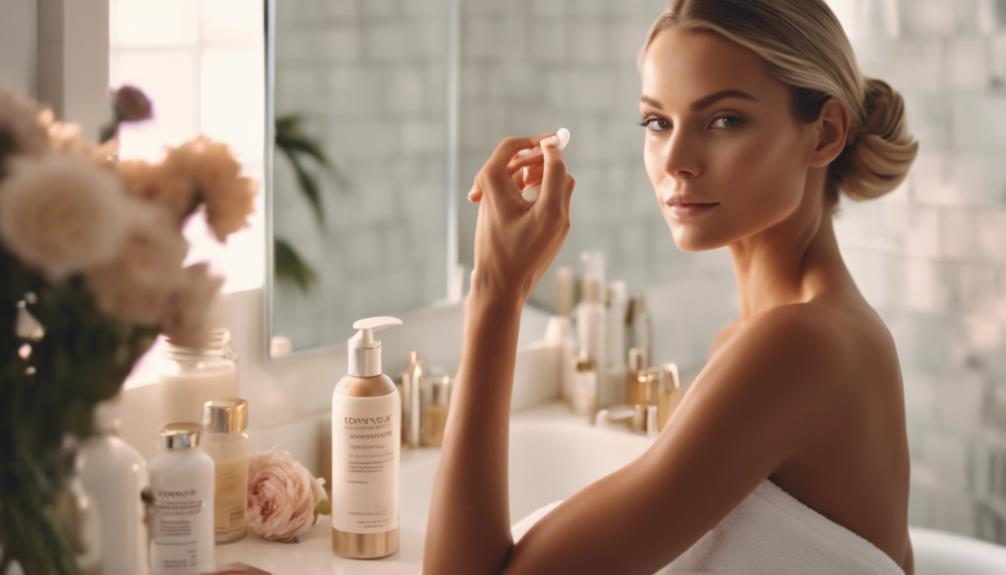
When evaluating product performance, keep an eye on how your skin reacts and the tan develops after you start using the lotion. It's like watching a plant grow—patience is key! You want to see results that match the promises on the label.
Your skin should feel softer and more hydrated.
The tan should deepen evenly without streaks.
You'll want to notice fewer fine lines and wrinkles.
Customer Experiences and Feedback
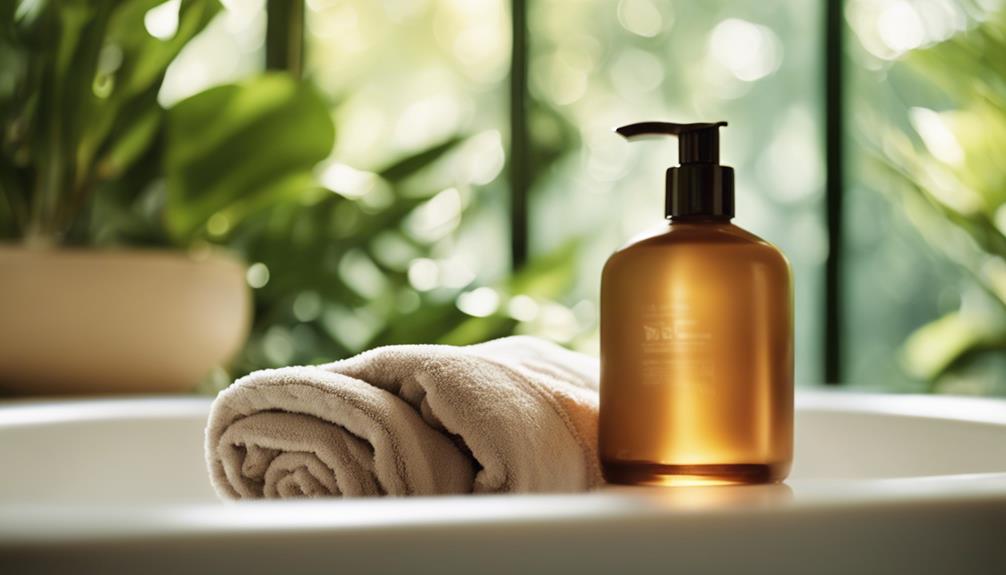
Many users rave about the noticeable improvements in skin texture and hydration after using these tanning lotions. You'll find that many appreciate the easy application and delightful scents. It's like treating your skin to a spa day while getting that sun-kissed glow! Here's a quick look at what customers are saying:
| Positive Feedback | Areas for Improvement |
|---|---|
| Improved skin texture | Some streaking issues |
| Hydrated and soft skin | Scent might be too strong |
| Youthful appearance | Takes time to see results |
| Easy to apply | Needs frequent reapplication |
Target Audience Insights
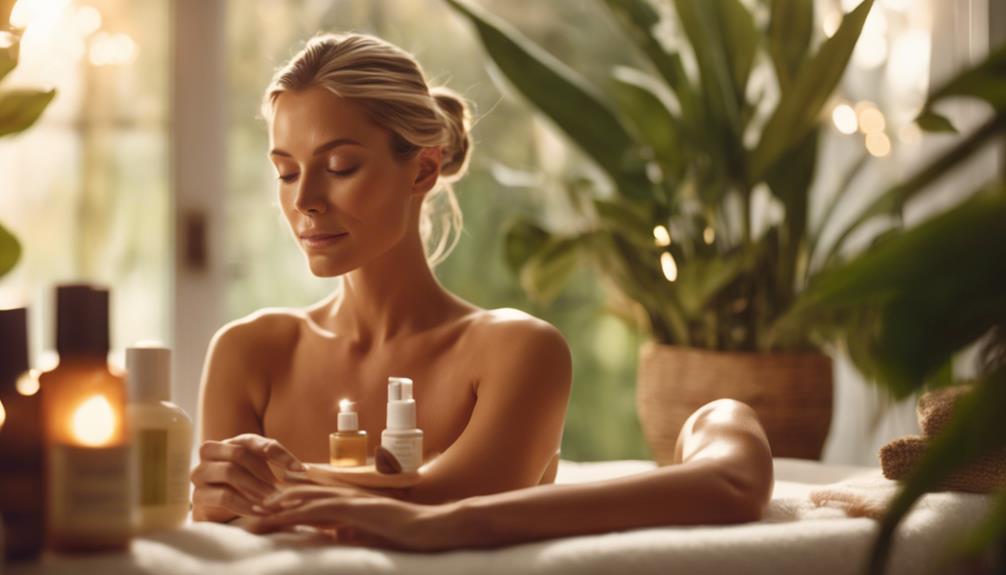
Understanding the target audience for anti-aging tanning lotions reveals a diverse group enthusiastic to achieve a radiant, youthful glow while addressing specific skin concerns.
You're not alone if you're seeking that perfect tan while fighting off fine lines and wrinkles.
- You want to feel confident and beautiful in your skin.
- You're tired of products that don't deliver on their promises.
Whether you're a seasoned tanner or just starting, you deserve a product that works for you.
Imagine stepping out with glowing skin, turning heads, and feeling fabulous!
Recommended Tanning Lotions
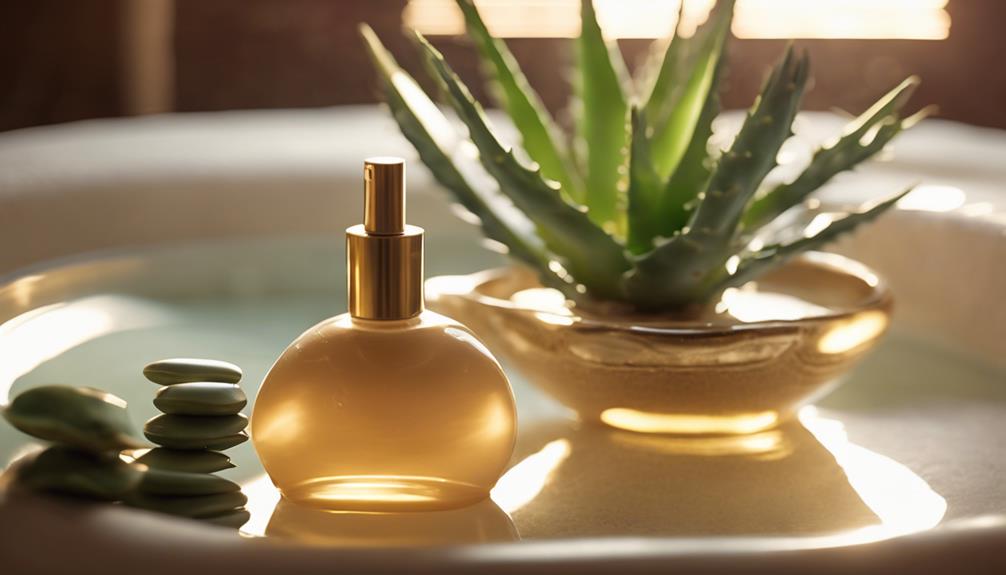
Discover the top recommended anti-aging tanning lotions that not only enhance your tan but also nourish your skin for a youthful glow.
Imagine applying a lotion that makes your skin feel as soft as a cloud while giving you that sun-kissed look!
You might want to try the Tanning Paradise Black Coconut Love Lotion, which hydrates deeply and boosts your tan.
Or, Ed Hardy Coconut Kisses offers tattoo protection while keeping your skin hydrated.
Onyx Radiant Anti-Aging Face Tanning Lotion is perfect for your face, combining tanning with antioxidants.
These lotions are like superheroes for your skin, fighting fine lines while you enjoy a beautiful bronze.
Have you tried any yet? Which one are you excited to grab?
Frequently Asked Questions
Can Anti-Aging Tanning Lotions Cause Breakouts on Sensitive Skin?
Yes, anti-aging tanning lotions can cause breakouts on sensitive skin. If you've got sensitive skin, check ingredients carefully, and consider patch testing to avoid irritation and guarantee compatibility with your unique skin type.
How Often Should I Apply Anti-Aging Tanning Lotion for Best Results?
'Consistency is key.' You should apply anti-aging tanning lotion every few days for ideal results, adjusting based on your skin type. Regular application helps maintain an even tan while enhancing skin's youthful appearance and hydration.
Are There Any Side Effects of Using Anti-Aging Tanning Lotions?
Using anti-aging tanning lotions can lead to side effects like skin irritation, allergic reactions, or sensitivity due to certain ingredients. It's essential to patch test new products and monitor your skin's response after application.
Can I Use Anti-Aging Tanning Lotions During Pregnancy?
You should consult your doctor before using anti-aging tanning lotions during pregnancy. Some ingredients may not be safe for your developing baby, so it is crucial to prioritize your health and make informed choices.
Do Anti-Aging Tanning Lotions Provide Sun Protection?
Anti-aging tanning lotions typically don't provide adequate sun protection. You should always apply a broad-spectrum sunscreen separately to shield your skin from harmful UV rays while enjoying the benefits of tanning lotions.
Conclusion
So, whether you're gearing up for summer or just want that sun-kissed look without the sunburn, anti-aging tanning lotions are your new best friend!
Think of them as a magic potion, helping your skin glow like a golden trophy.
By choosing the right product, you can nourish your skin, keep it hydrated, and rock an even tan.
Why not give it a try? Your skin deserves to shine bright and feel fabulous, just like you!
